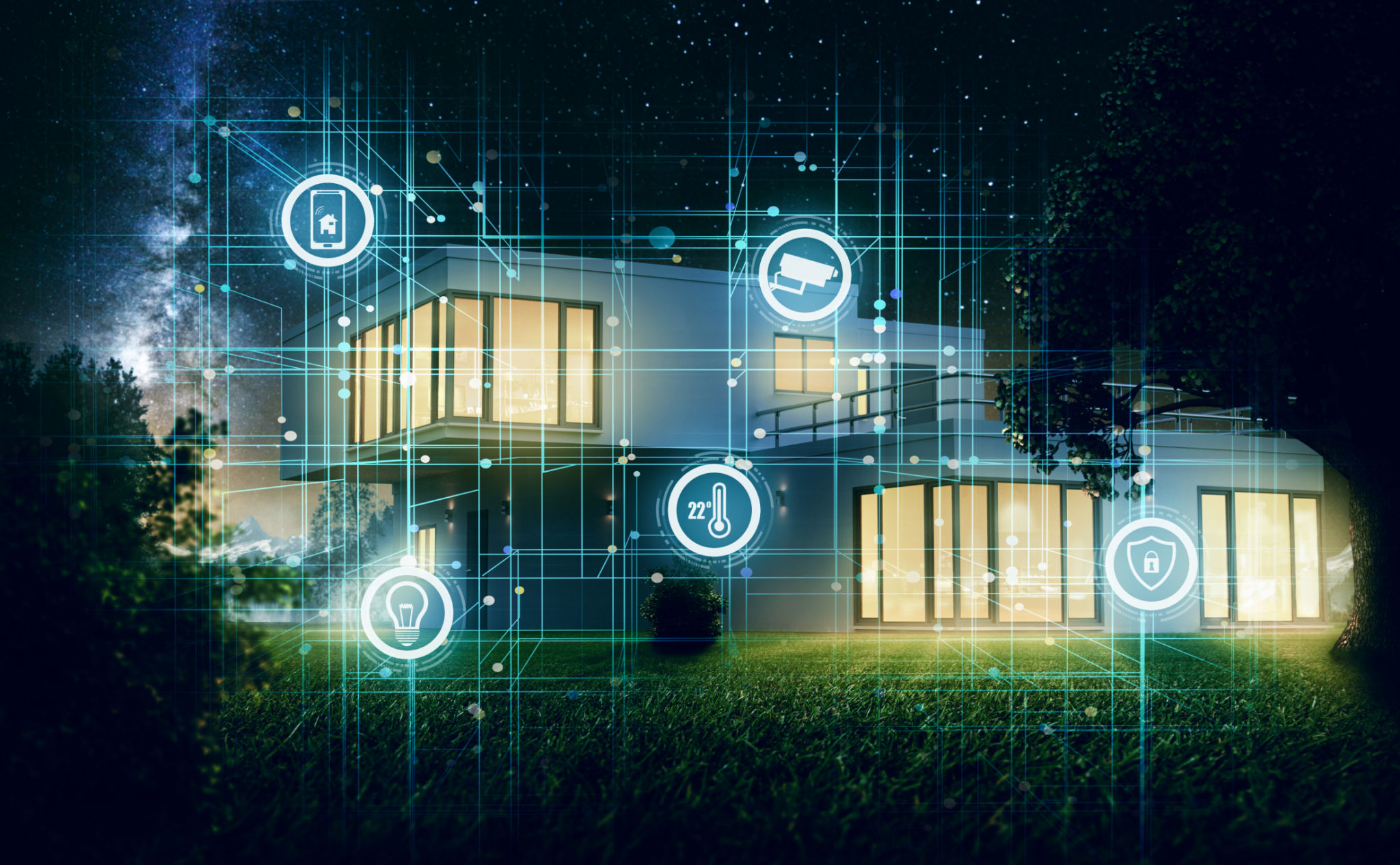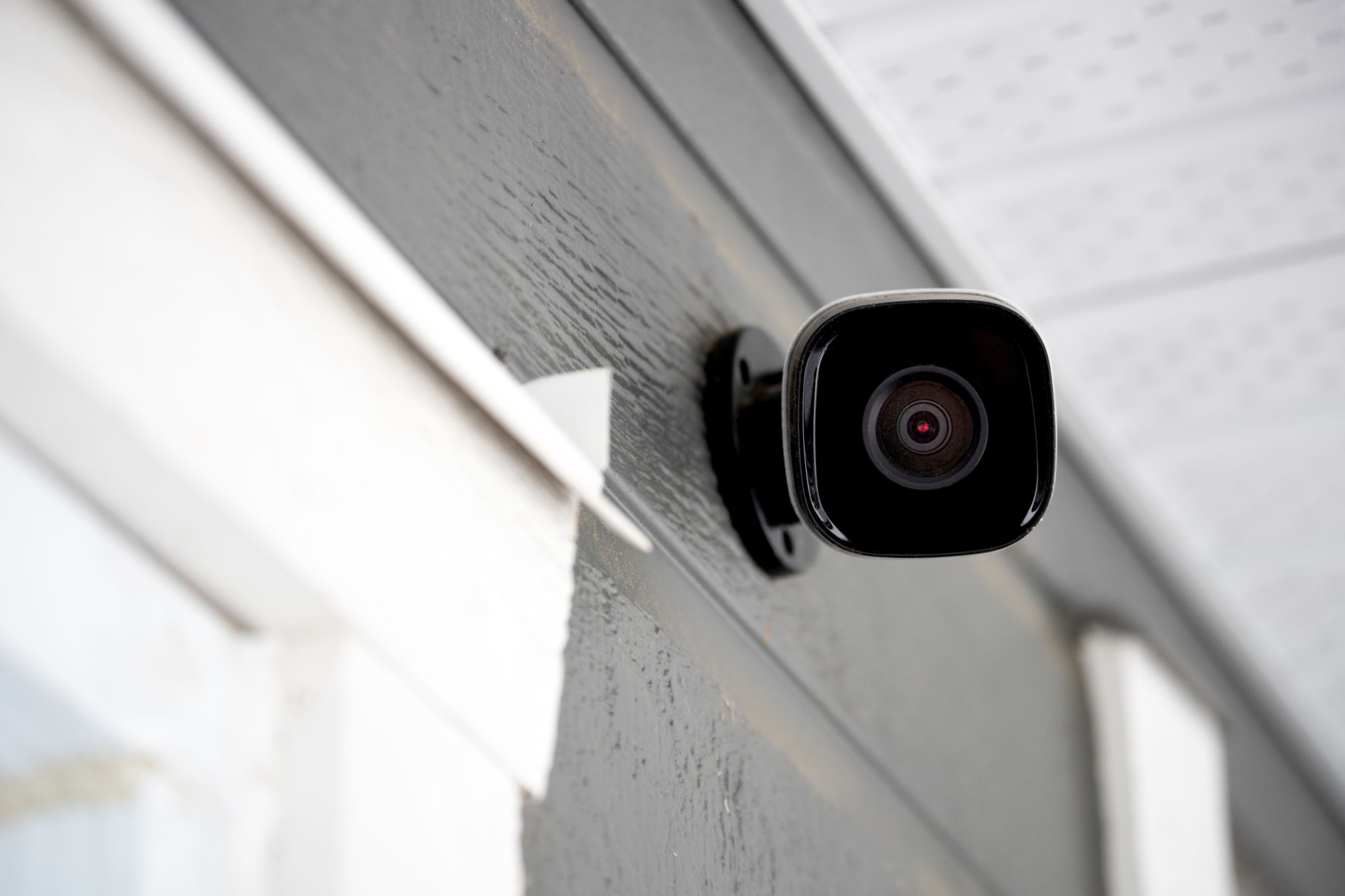Expert Tips: Maximizing Security with Your Smart Home System
AD
Understanding the Basics of Smart Home Security
Smart home systems are revolutionizing the way we live, providing convenience, energy efficiency, and enhanced security. However, with great technology comes the responsibility to secure it effectively. Understanding the basics of smart home security is crucial for protecting your home and family.
At the core of any smart home system are interconnected devices that communicate over your home network. These can include smart locks, cameras, lights, and thermostats. To maximize security, it's essential to ensure that all devices are up-to-date with the latest firmware and software updates.

Securing Your Network
Your home network is the backbone of your smart home system. A secure network is vital to protect your devices from unauthorized access. Start by securing your Wi-Fi network with a strong, unique password. Avoid using common words or easily guessable phrases.
Consider setting up a separate guest network for visitors and IoT devices. This can help isolate your smart home devices from the main network, reducing potential security risks. Additionally, regularly update your router's firmware to patch any vulnerabilities.
Using Advanced Encryption
Encryption is a powerful tool in securing your smart home system. Ensure that all communications between your devices and the network are encrypted. Most modern routers offer WPA3 encryption, which provides a higher level of security than its predecessors.

Implementing Strong Authentication Measures
Strong authentication measures are crucial to prevent unauthorized access to your smart home system. Enable two-factor authentication (2FA) for all accounts associated with your smart devices. This adds an extra layer of security by requiring a secondary verification method beyond just a password.
Biometric authentication, such as fingerprint or facial recognition, can also enhance security for devices that support it. These methods are generally more secure than traditional passwords.
Monitoring and Alerts
Real-time monitoring and alerts can significantly boost your smart home security. Set up notifications for unusual activity, such as unexpected motion detection or access attempts. This allows you to respond quickly to potential threats.

Regularly Reviewing Security Settings
Regularly reviewing and updating your security settings is critical for maintaining robust smart home security. Check privacy settings on all devices and limit data sharing to only what's necessary. Disable unnecessary features that may expose vulnerabilities.
Conduct periodic security audits of your system to identify and address any weaknesses. This proactive approach ensures that your smart home remains secure against evolving threats.
The Importance of Educating Your Household
Finally, educating everyone in your household about smart home security practices is essential. Ensure that family members understand the importance of not sharing passwords and recognizing phishing attempts.
By fostering a culture of security awareness, you can enhance the overall safety of your smart home system and enjoy the convenience and peace of mind it offers.
